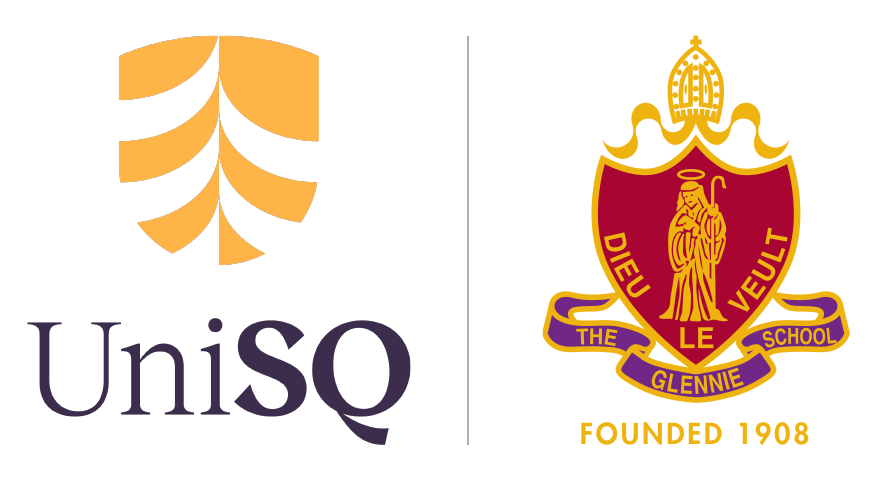Managing Academic Misconduct
What is Academic Misconduct?
It is vitally important that teachers, parents, and students have a shared understanding of what behaviours represent academic misconduct and in what contexts.
This is managed in part by having clear policies and procedures, but also by ensuring that teaching staff have a shared understanding of what is considered appropriate use of AI. It is important for schools to develop a shared understanding of:
what is an appropriate level of editing support? (this may be school-wide or learning area specific)
how AI material might be used for learning
Student Academic Misconduct
Student academic misconduct is a breach of trust that exists between students and teachers in relation to good academic practice. This occurs when a student intentionally or unintentionally gains an unfair advantage over other students.
Suspicion of academic misconduct often starts with a gut feeling that something about the student’s response is not quite right. In a secondary context, this is often because the teacher is familiar with the student’s ability and communication style, so sudden variation in this suggests additional assistance may have been gained. It is important teachers get to know each student’s work through formative assessment and learning activities. Detection tools for plagiarism or GenAI-generated text are also available from services like Turnitin. While these tools are not definitive and may sometimes be inaccurate, they can be a supporting tool for teachers to further explore their concerns about possible misconduct.
Any suspicions of misconduct must be dealt with using procedural fairness. Claims should be substantiated with evidence and the student should have the opportunity to address the teacher’s concerns and account for their work.
If there is a clear difference between student work samples and/or concerns raised in the Turnitin report, the teacher then follows the school’s Academic Policy. At this point:
The student should be asked to account for areas in their work that have been identified as of concern in regard to academic misconduct
If the student admits to misconduct, the school policy should be followed in regard to determining the student’s result and any other consequence
(e.g. re-doing the QCAA Academic Integrity modules)The student should be asked to account for areas in their work that have been identified as of concern in regard to academic misconduct
If the student can show the work is their own (e.g. through providing drafts, tracked changes copies or version histories), it is unlikely the allegation can be substantiated
In the event a student cannot prove their authorship but also rejects the allegation of misconduct, the principles of procedural fairness should apply. For example, the work may still be marked, but the student may also be required to undertake a lesson on editing practices and versioning of their work so they can show how their response developed over time in the future.
Example policy document
Powered By EmbedPress
All allegations of misconduct should be approached from an educative rather than punitive standpoint. The consequences of a substantiated allegation are inherently punitive, as the student may receive no mark for the item (which would have serious consequences for students completing all of the syllabus objectives in Years 11 and 12, potentially jeopardising their overall subject result and attainment of a QCE or QCIA), or only have passages that are clearly their own marked (which will result in a lower score), or be required to produce a new response in supervised conditions. Thus, further measures such as detention serve little benefit; instead, working with the student to ensure they avoid engaging misconduct in the future by completing further integrity training is of greater benefit.
Try this decision making tool
The staff at The Glennie School have developed the judgement tool which provides a series of criteria that can assist in determining if a student may have accessed GenAI in completing their work.
Powered By EmbedPress
